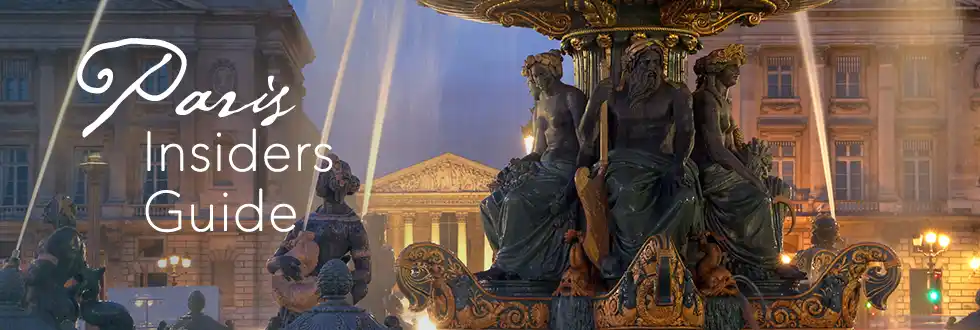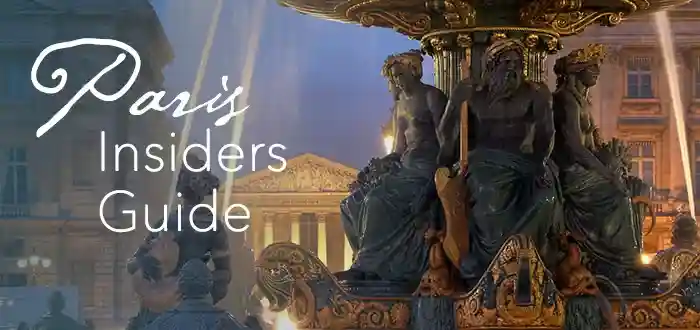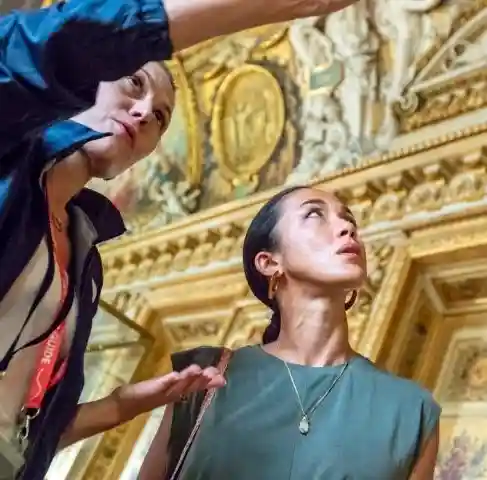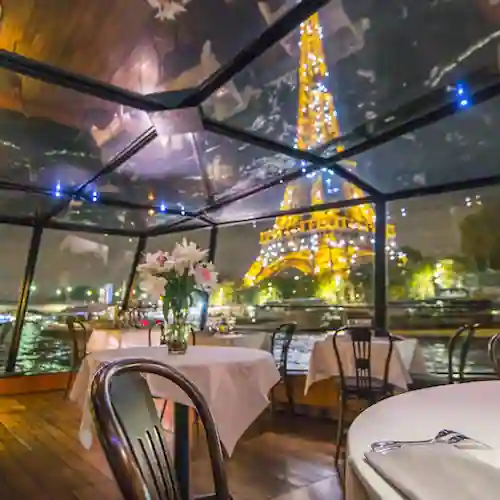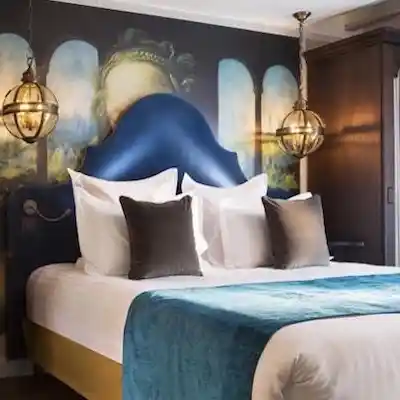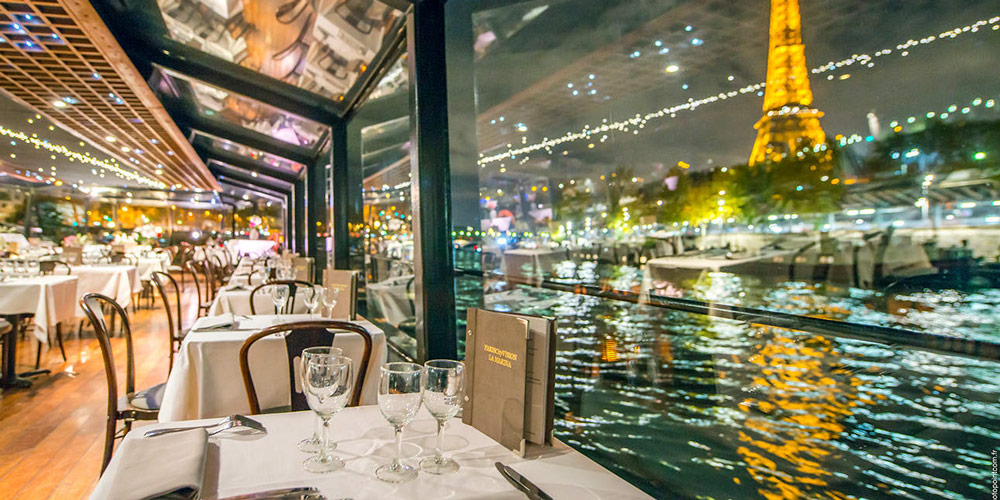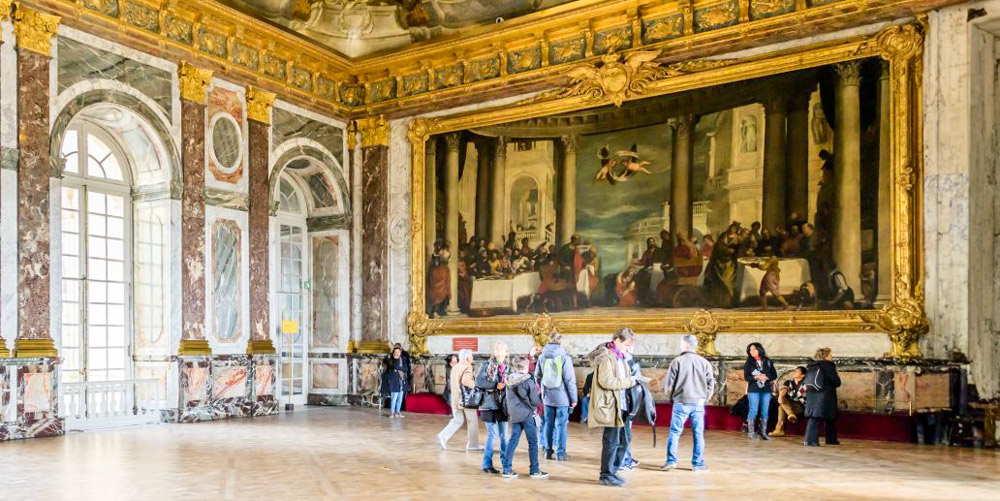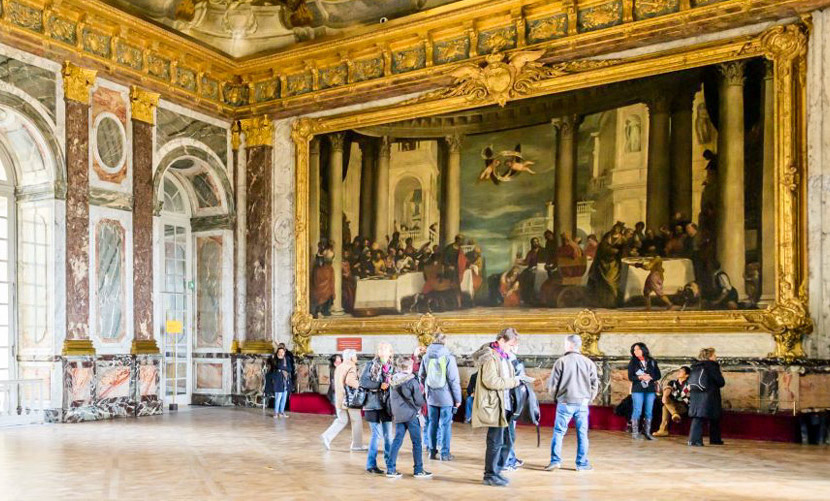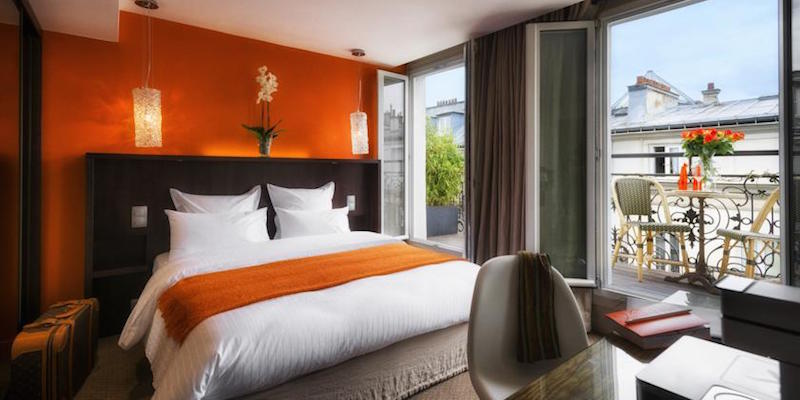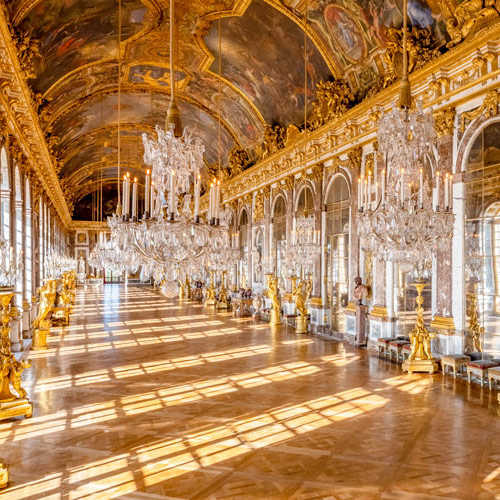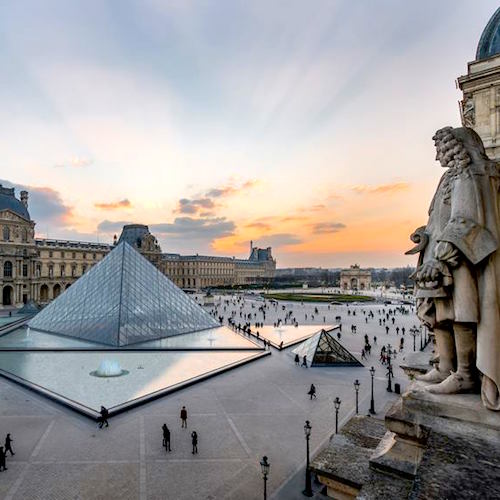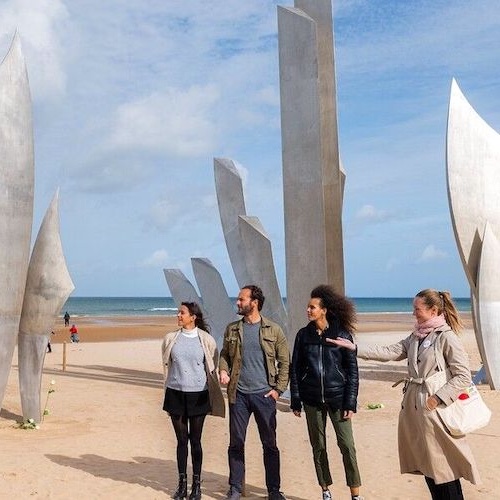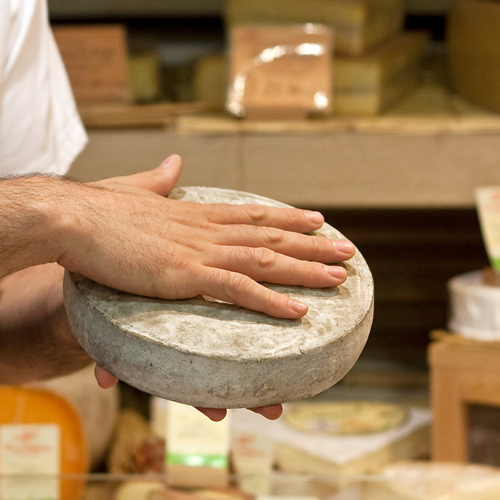The Magic of Palais Garnier – Paris' Iconic Opera House
Paris is full of treasures, but few places compare to the sheer grandeur of the Palais Garnier. A visit to this opulent opera house is a journey into a world of architectural splendor, artistic history, and cultural intrigue. Its golden statues, frescoed ceilings, and lush velvet interiors instantly sweep you into the lavish lifestyle of the Second Empire. It's the primary venue for the Paris Ballet company and the best way to experience the sumptuousness that is Palais Garnier is to attend a performance here. We recommend you buy your tickets online before you leave home. You won't regret it!
![]()
Our Top-Rated Museum Tours in Paris
1. Louvre 2-Hour VIP Tour… This small-group option is the best experience
2. 3-Hour Louvre Semi-Private Tour… Feel like a VIP on a small group tour
3. Musée d'Orsay Impressionist Tour… The top-rated museum tour in Paris
4. The Paris Museum Pass… Free entry to over 60 museums and monuments
10 Fun & Fabulous Facts About Palais Garnier
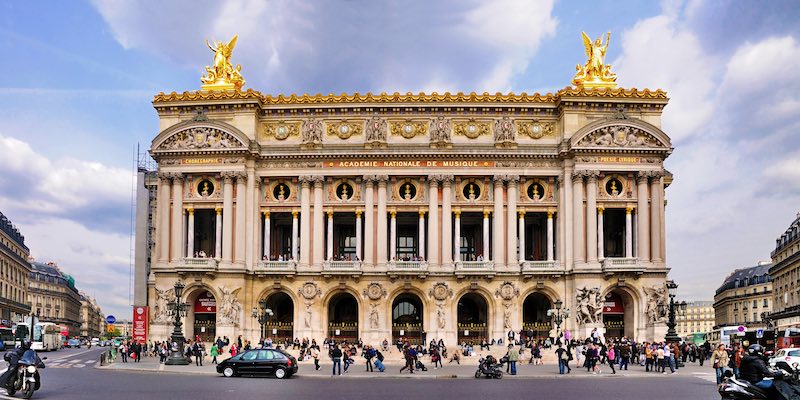 The golden facade of Palais Garnier in Paris
The golden facade of Palais Garnier in Paris
1. A Storied Past
When it was completed in 1875 Palais Garnier was one of the largest opera houses in the world. Emperor Napoleon III's vision was to create a temple to the arts, a world center for artistic pursuits, and an architectural wonder of the age.
2. An Architectural Masterpiece
The architect Charles Garnier faced a number of challenges during the fourteen-year construction (originally estimated to take seven years). One problem arose with the discovery of an underground lake — it took almost a year to pump out the water. Then, of course, there was that pesky Franco-Prussian War in 1870-71. Oh, and the destructiveness of the Paris Commune.
3. Classical Influences
Charles Garnier's travels, his study of Greek and Roman classics, and his Beaux-Arts training is evident in the design and decoration for the opera house. He expertly employed classic principles such as symmetry and concentric forms within rectangular frames, and gave the opera house the pomp of a palace.
4. The Louvre Influences
The front facade with massive columns references the Louvre. Garnier chose six types of stone and precious metals to reference classical temples.
5. Not Just Opera.
In addition to operas and ballets, the venue hosts exhibitions, concerts, and events. Even if a performance isn't on your agenda, a visit to the Palais Garnier will be to be a highlight of any Paris itinerary.
![]()
Discover What's On When You're Here...
• January... |
• February... |
• March... |
• April... |
• May... |
• June... |
• July... |
• August... |
• September... |
• October... |
• November... |
• December... |
Discover What's On When You're Here
• January...
|
• February... |
• March... |
|---|---|---|
• April... |
• May... |
• June... |
• July... |
• August... |
• September... |
• October... |
• November... |
• December... |
![]()
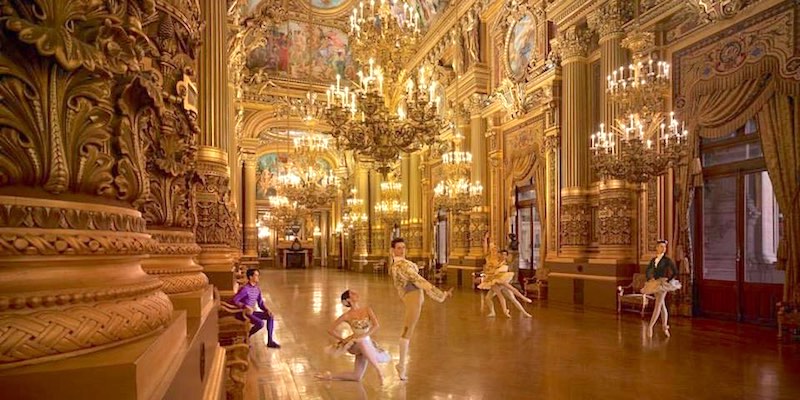 The chandelier-filled Grand Ballroom of Palais Garnier, photo Paris Opera Ballet
The chandelier-filled Grand Ballroom of Palais Garnier, photo Paris Opera Ballet
6. A Grand Staircase
Garnier's goal was to make everyone who entered the opera feel as if they were the stars of the show. He achieved this with the lavish Neo-Baroque style — grand marble staircases, elegant corridors, and hidden alcoves.
7. Home of the Phantom?
The six-ton chandelier was a marvel for its time, although critics complained (as they will) that it obstructed the views and that the light was too bright. There is a persistent rumor that it was this chandelier that specifically inspired Victor Hugo's classic novel, The Phantom of the Opera.
8. Greek Gods & Goddesses
One hundred sculptors and painters worked around the clock to complete the artwork. (But not, we assume, for the entire fourteen years.) Most of the interior and exterior statues portray Greek deities.
9. A Central Location.
The Palais Garnier is situated in the 9th Arrondissement, just steps from the Grands Boulevards, making it easy to pair your visit with a day of shopping or a cafe stop along the way..
10. The Great Composers
Look for the gilded bronze busts of great composers, located between the columns on the front facade — you'll find Gioachino Rossini, Daniel Auber, Ludwig Beethoven, Wolfgang Mozart, Gaspere Spontini, Giacamo Meyerbeer, and Fromental Halevy.
Bonus Fact
Charles Garnier's design would go on to inspire architects around the world. You can see influence from his design for the Palais Garnier in the Warsaw Philharmony, the National Opera House in Kiev, the Thomas Jefferson Building of the Library of Congress in Washington DC, the Hanoi Opera House, and the Theatro de Rio de Janeiro.
![]()
|
Paris Dinner Cruises on the Seine Dine in style as you glide past the Eiffel Tower, Notre-Dame, and the Louvre on a magical Seine River cruise. Gourmet food, champagne, and Paris lit up at night – it’s unforgettable. |
|
Paris Dinner Cruises on the Seine Dine in style as you glide past the Eiffel Tower, Notre-Dame, and the Louvre on a magical Seine River cruise. Gourmet food, champagne, and Paris lit up at night – it’s unforgettable. |
The History of Palais Garnier
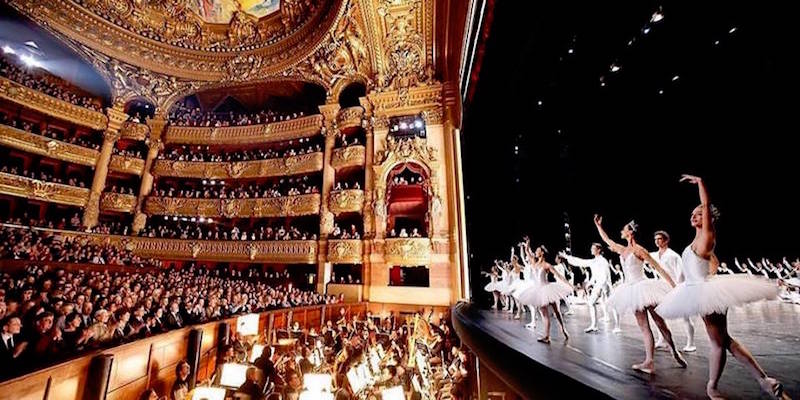 A ballet performance at Palais Garnier, photo Paris Opera Ballet
A ballet performance at Palais Garnier, photo Paris Opera Ballet
The story of the Palais Garnier Opera House takes in the demolition and rebuilding of Paris as well as the attempted assassination of an emperor. From the middle to the end of the 19th century, Paris was transformed from a city of narrow, unclean, and unsafe medieval streets into a well-lit modern city with broad boulevards and a great sewer system!
This was the period when Baron Haussmann, under the direction of emperor Napoleon III, undertook the modernization of Paris — demolishing existing buildings, rues, and avenues; replacing them with straight, broad streets, flanked by uniform five-story buildings. When the emperor was nearly assassinated in a narrow street outside the then-current opera house, Napoleon III decided enough was enough and commissioned a new opera building to be located in an imposing spot on one of the new-created places.
![]()
|
Trade Paris bustle for royal grandeur on a guided Versailles tour. Skip the lines, wander the gardens, and peek inside Marie Antoinette’s private estate. History never looked this good. |
|
Trade Paris bustle for royal grandeur on a guided Versailles tour. Skip the lines, wander the gardens, and peek inside Marie Antoinette’s private estate. History never looked this good. |
![]()
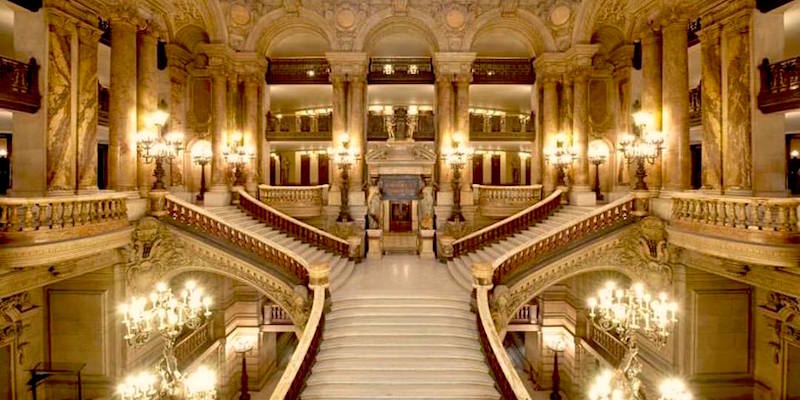 The famous Grand Staircase of Palais Garnier
The famous Grand Staircase of Palais Garnier
Charles Garnier
The commission was awarded to a then-unknown architect, the young Charles Garnier, and building began almost immediately. Construction was delayed, however, by the disastrous Franco-Prussian War and the aforementioned Commune in the period 1870-71. The grand opera building finally opened on January 5, 1875.
Palais Garnier became the center of Paris cultural life during the Belle-Époque period of the late 19th and early 20th centuries. It continued on as France's most prestigious opera house right through the World Wars and into the 1960s.
Over the decades — through the wars and with the advent of the automobile — the exterior of Palais Garnier became dull and grimy. But a recent multi-year cleaning and renovation has restored it to its original glory. The interior is just as breathtaking, and it's a must-visit place — particularly to attend a performance of the Paris Ballet Company, small opera productions, or other special performances.
![]()
Our Top-Rated Paris Experiences
The History of Paris Ballet & Opera
Paris has been mad about opera & ballet since the mid-1600s, during the reign of Louis XIV (AKA the Sun King) who founded the first Paris opera house in 1669. Since then there have been no fewer than thirteen buildings that have housed the Paris Opera Ballet company. Through kings and revolutions, emperors and presidents and wars there have always been ballet and opera playing in Paris.
A surprisingly number of the Paris ballet houses were destroyed by fire — others have simply outlived their usefulness and been razed. For instance, there was the Théâtre de la Porte Saint-Martin built for Marie Antoinette in 1781, abandoned during the Revolution, and destroyed in a fire during the Commune of 1871. Luckily for us, however, Palais Garnier, the grandest example of them all, still exists and it as glorious as ever.
![]()
|
Browse our hand-picked Paris hotel deals with real-time discounts of up to 20%. Stay in the Marais, Saint Germain, the Latin Quarter, the Left Bank near the Eiffel Tower… every arrondissement is on the list. |
|
Browse our hand-picked Paris hotel deals with real-time discounts of up to 20%. Stay in the Marais, Saint Germain, the Latin Quarter, the Left Bank near the Eiffel Tower… every arrondissement is on the list. |
Palais Garnier Resources
- If you want to look and feel part of the scene — dress up!
- It's recommended that men wear a sports jacket and women wear a dress or an elegant outfit.
- Arrive for your opera or ballet performance at least 15 minutes before the show starts.
- Once the show starts, the doors are closed until the end of the first act.
- Metro – Opera
- RER – Auber
Paris Planning Guides
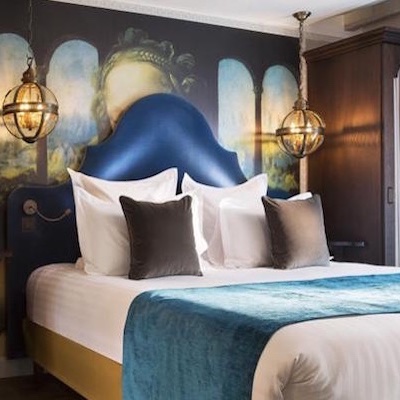 Left Bank Hotels
Left Bank Hotels |
 VIP to Champagne
VIP to Champagne |
 Book an Airport Transfer
Book an Airport Transfer |
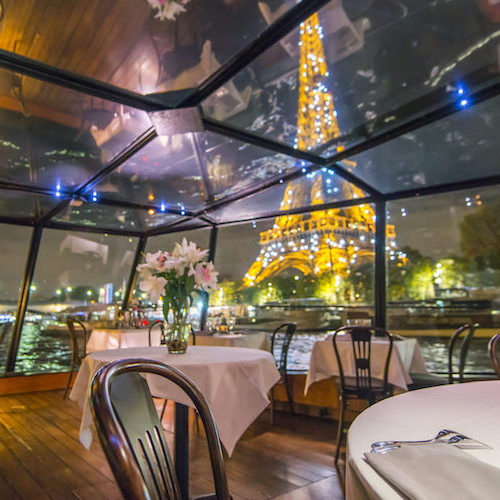 Glorious Dinner Cruises
Glorious Dinner Cruises |
